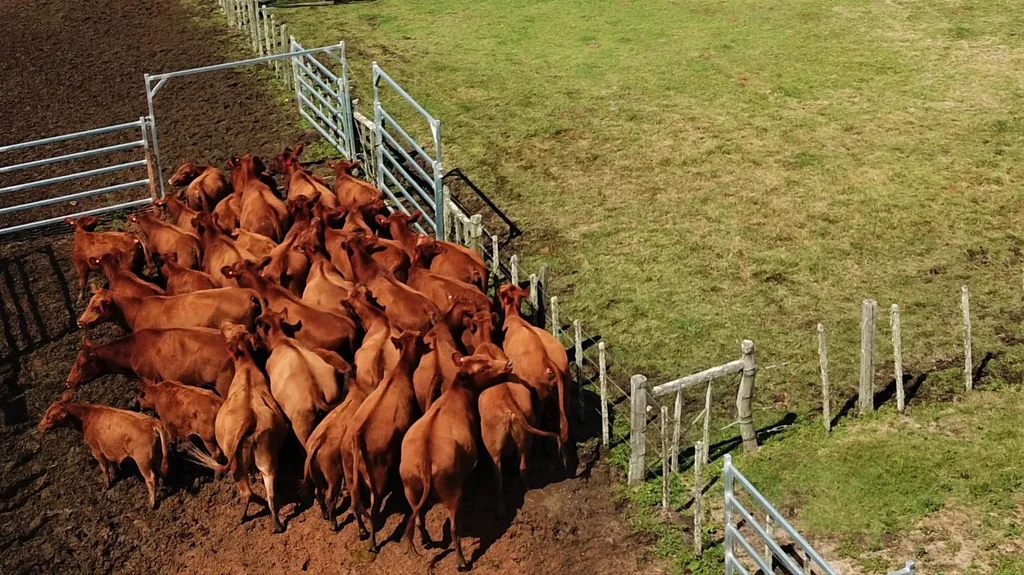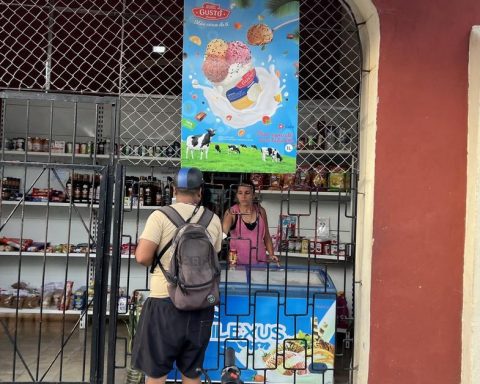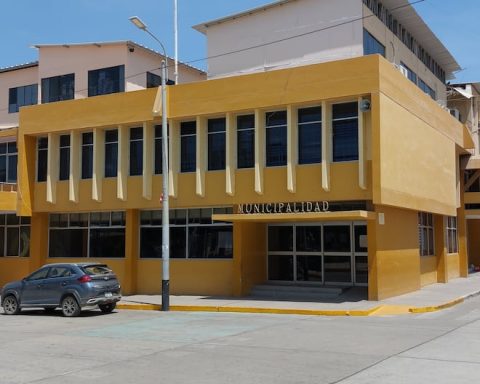Many industries are already slaughtering cattle from corrals for a new 481 fee window and also for extra fee business. There is no avidity for grazing cattle. The field offer is practically nil, with practically no availability of very heavy cattle and prices that do not finish conforming.
Some downward pressure remains, with values looking for their floor, consignees consulted agreed. “I see a market stabilizing,” said Ariel Núñez, of Freire Rural Businesses.
The shaft is at $5.10
Disparity between plants persists. The axis of business is located at US$ 5.10 per kilo in fourth scale for steers and between US$ 4.80 and US$ 4.85 for cows, with some plant paying some punctual business above US$ 5.20 for cattle well weighed and finished. This is the exception and not the rule. In some plants, kosher crews continue to operate, with demand for special, top-of-the-line cattle.
With a high participation of its own pens in the slaughter, the industry “has the upper hand,” said Alejandro Arralde, of Arralde Rural Businesses.
In recent days, the completion of business has slowed down even more. The rains and good temperatures have been good for the regrowth of pastures and give a break from the forage point of view. Secondly many producers are reluctant to validate current prices and prefer to continue adding kilos to their cattle.
For those who sell, tickets are very fast, in five days.
Slaughter: 35,142 cattle
This little operation is seen in the slaughter data, which in the last week was 35,142 cattle. Although it had one less day of activity, it remains at very low levels, with a 36% retraction compared to the same week of 2021 when it was almost 55,000 cattle. So far in July, until the 23rd, the volume of slaughter has been 38% below the same month in 2021.
in foreign markets, there have been adjustments in the values proposed by China for beef in the last month, as well as in other markets. It is beginning to be reflected in the export price, which fell more than 9% in the last two weeks.
Last week it was US$ 5,005 per ton and in the last 30 days the average was US$5,199, according to preliminary data from the National Meat Institute (INAC). So far this year it stands at US$5,137, its highest historical value and almost 29% more than in 2021.
In 2022 accumulated, beef exports grew 13% year-on-year in volume and, on the other hand, sheep meat exports fell by the same percentage.
In the replacement there are very few private businesses. It’s hard to get the ends together. Producers “as long as they start selling their fat cattle, I think it will reactivate,” estimated Núñez, with a slow market and looking for prices.
The panorama has been different in virtual auctions. This week in Uruguay Screen very good demand was registered. The calves recovered in value compared to the previous auction, with an average of US$ 2.92 and with 100% placement. There were also increases in steers and 100% sales.
EO
Panorama in sheep
In sheep there was a rebound in slaughter last week. It was 16,362 animals, with 11,884 lambs, 73% of the total.
The rains have stopped the prepartum shearing. There is a lot of demand and little supply, which gives firmness to the market and to prices. Practically all the categories have registered rises. Lamb weighing up to 35 kilos remained for another week at US$4.54. Suckling lamb rose to US$4.67, as did lamb. Capons rose to $4.25 and ewes to $4.18.
The ton of exported sheep meat marked an average of US$ 5,210 in the last week. The 30-day average is US$5,373 and the annual accumulated US$5,220.
So far this year, sheepmeat exports to China fell to half the volume exported in the same period last year. There is an upturn in shipments to Brazil, which does not compensate for the drop in the Asian country.

Marcelo Umpierrez
Livestock production in Uruguay.
















